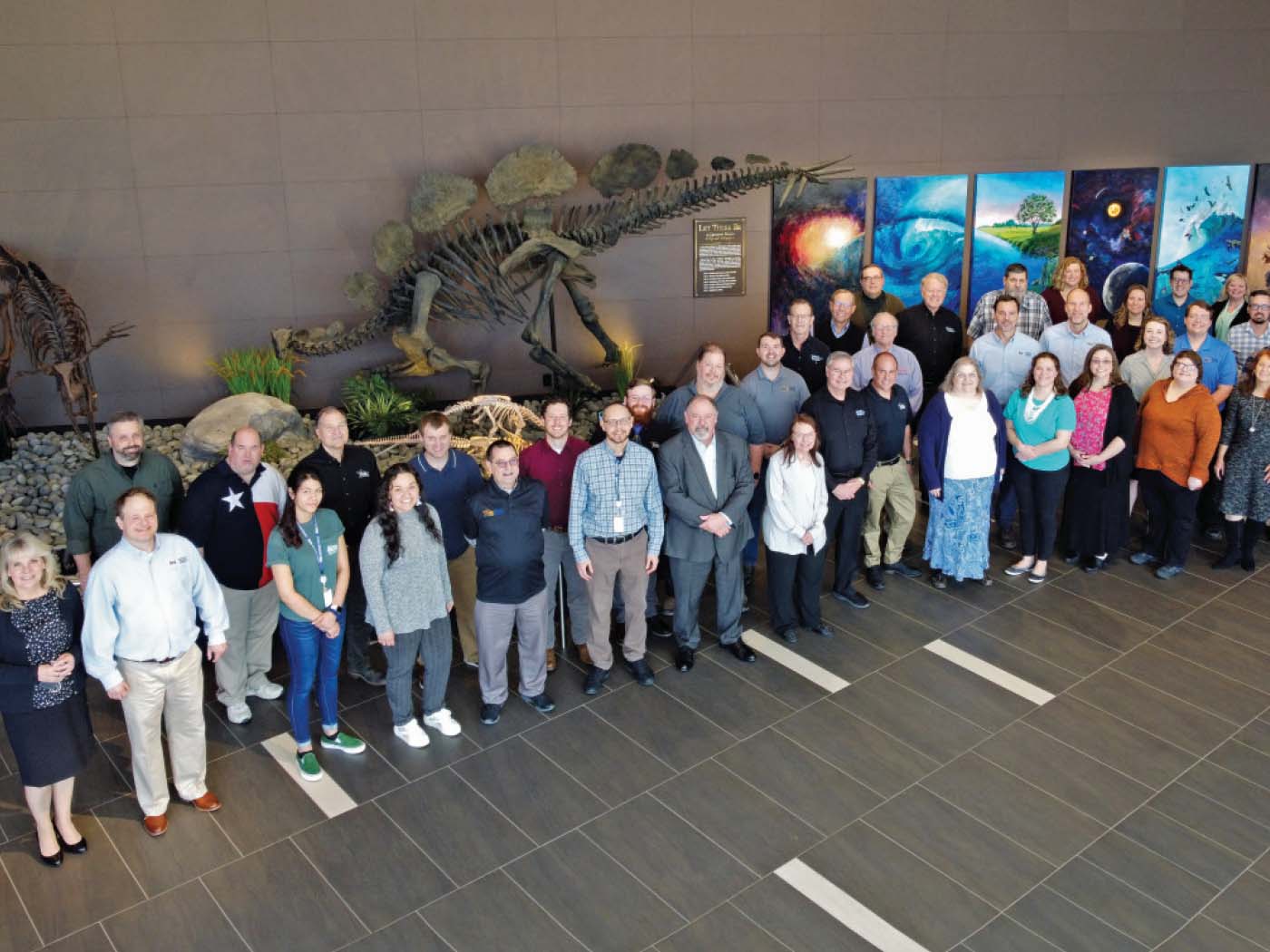Search Tools
New Defender's Study Bible Notes
11:10 generations of Shem. This marks the termination of Shem’s tablet. Apparently Terah (Genesis 11:27) acquired the ancient records at this point, and continued them.
11:10 hundred years old. Evidently Japheth was born one hundred years before the Flood (Genesis 5:32; 7:6). Shem was evidently a few years younger than Japheth (called “the elder” in Genesis 10:21). Ham was still younger. He was called Noah’s “younger son” in Genesis 9:24.
11:10 after the flood. Apparently none of Noah’s sons had children before the Flood, possibly because of the universal violence and their concentration on building the ark.
11:13 four hundred and three years. It is obvious, by comparison of the genealogies and chronologies in Genesis 5 and 11, that the longevity of mankind began a steady decline after the Flood. Undoubtedly the vast climatological and physiographical changes caused by the Flood were the main natural causes of this. The protective vapor canopy was gone (see notes on Genesis 1:6; 7:4), the rich soils were gone, mutations were increasing in the inbreeding populations, and the general environment was much more rigorous. No doubt it was also providentially ordered that, in the post-Flood world, life-spans should settle at around seventy (Psalm 90:10).
11:14 Salah. Luke 3:36 inserts the name “Cainan” between those of Arphaxad and Salah. This name is also found in some of the Septuagint manuscripts (though not the earliest), but it is not found in either Genesis 10:24 or I Chronicles 1:18, in any of the Masoretic manuscripts. The weight of evidence favors the Hebrew text with Cainan’s name having accidentally been later inserted by careless scribal copying from Genesis 5:10 and/or Luke 3:37. The inclusion of essentially the same genealogy, with no suggestion of any omitted generations, in Genesis 10:21-25 and 11:10-26, I Chronicles 1:17-28, and Luke 3:34-38, including chronological data in the second, at least places the burden of proof on any who (for archaeological reasons) would maintain there are significant gaps involved.
11:16 begat Peleg. If there are no genealogical gaps in Genesis 11:10-17, then the numbers add to 101 years from the Flood to the birth of Peleg right after the Dispersion. In view of the longevity of the times, plus the high advantages implicit in large families, as well as God’s command to multiply rapidly, a quite reasonable population growth model will indicate at least one thousand mature adults on the earth at the time of the Dispersion, and possibly many times this amount.
11:19 two hundred and nine years. There is a sudden drop in longevity here, from 464 years for Eber to 239 years for Peleg. This is the most likely spot, therefore, for a genealogical gap in the record. However, this sharp decline may also be explained by the traumatic changes in living conditions caused by the confusion of tongues and the resultant migrations and struggles. The close inbreeding since the Flood, aggravated further by the Dispersion, would also contribute to an increased mutational load carried by the population, and this would tend to further reduce the life-span. In any case, even if genealogical gaps do exist (in either Genesis 5 or Genesis 11, for that matter) they could only involve a few generations at most; in no case could they be stretched sufficiently to accommodate the evolutionist’s imagined million-year history of man.
11:26 begat Abram. Abram presumably was the oldest of Terah’s three sons. However, when the same type of notation had been used for Noah’s three sons (Genesis 5:32), the first-named son was not the oldest, so Abram could possibly have been younger than one or both of his brothers.













